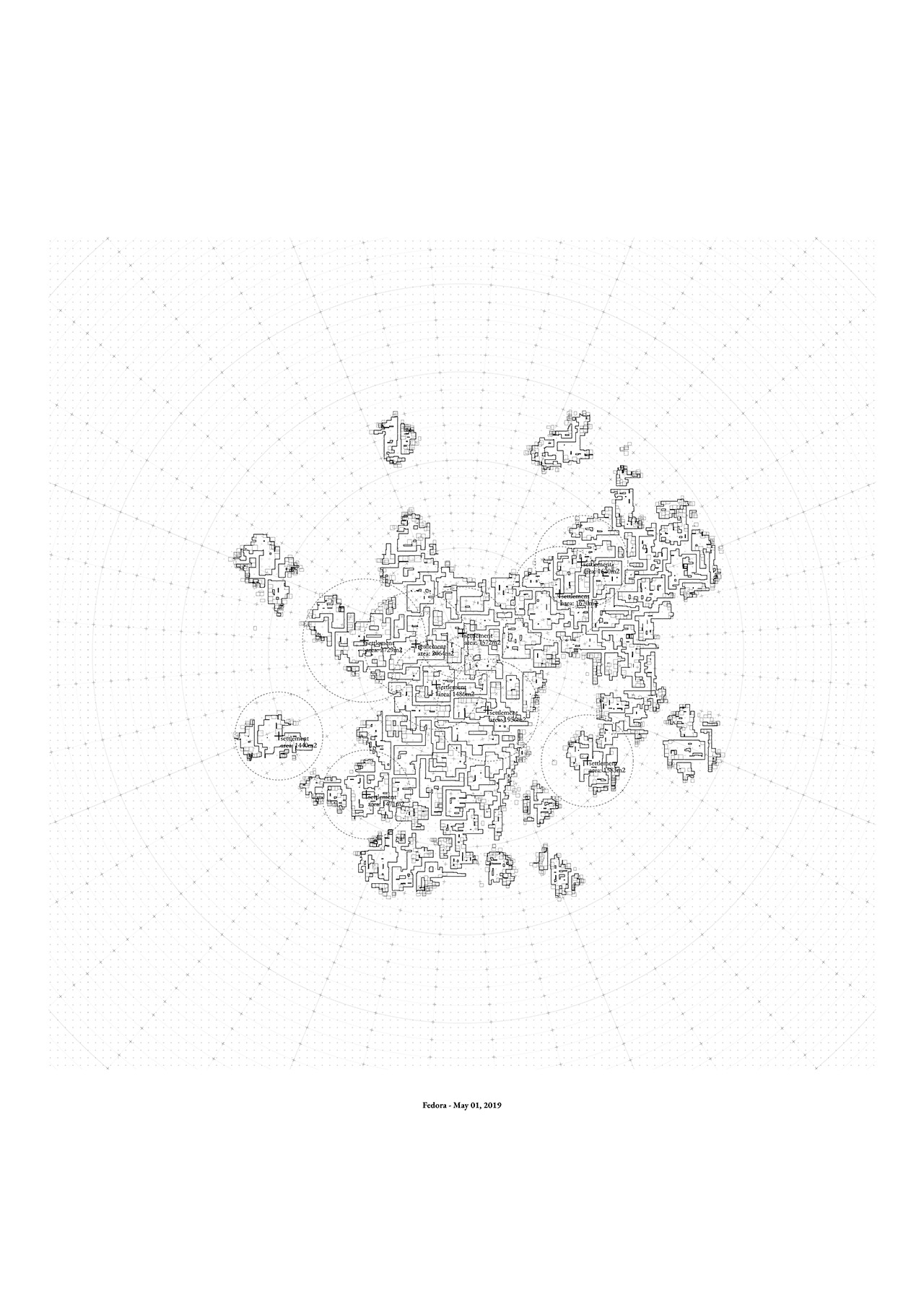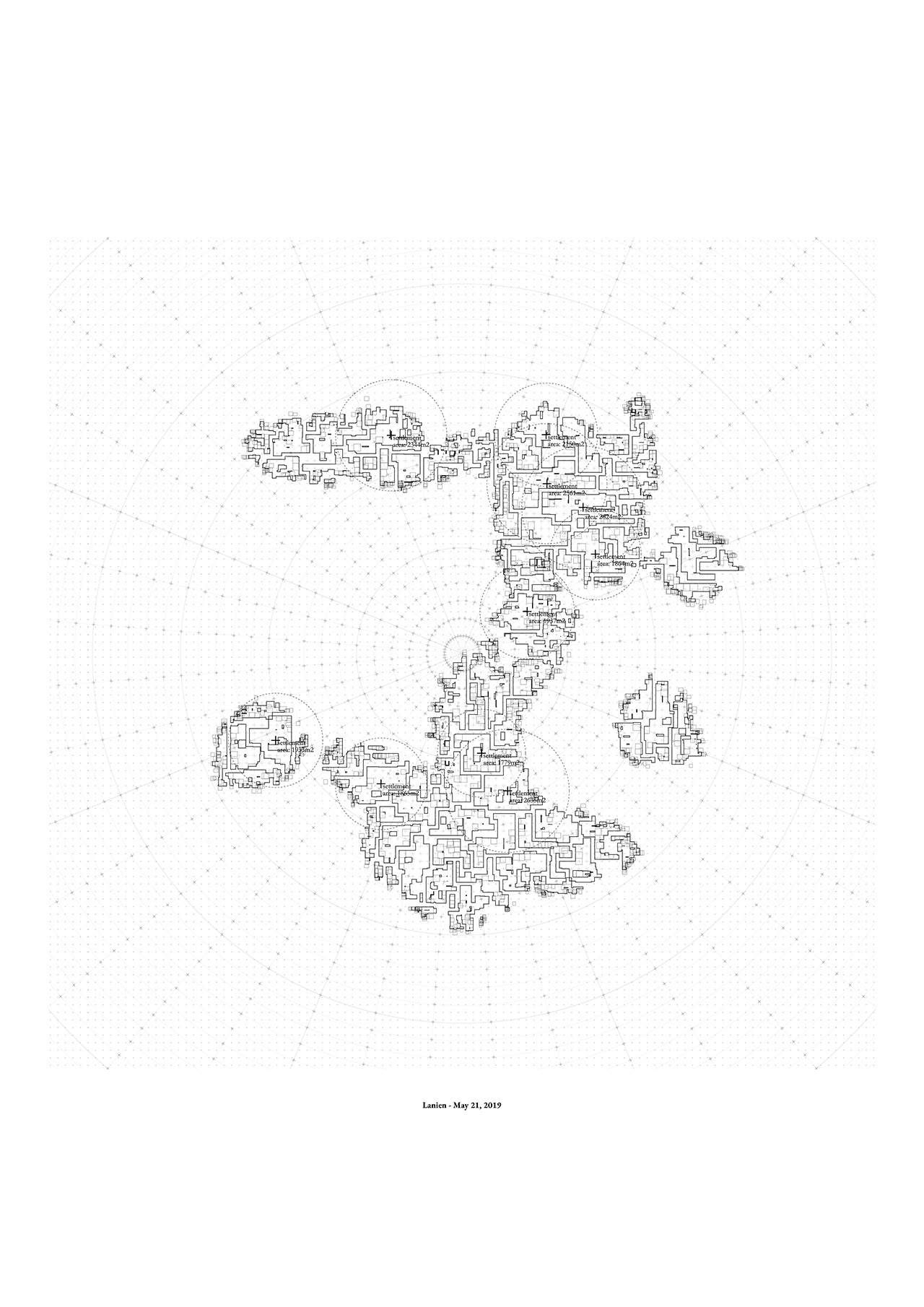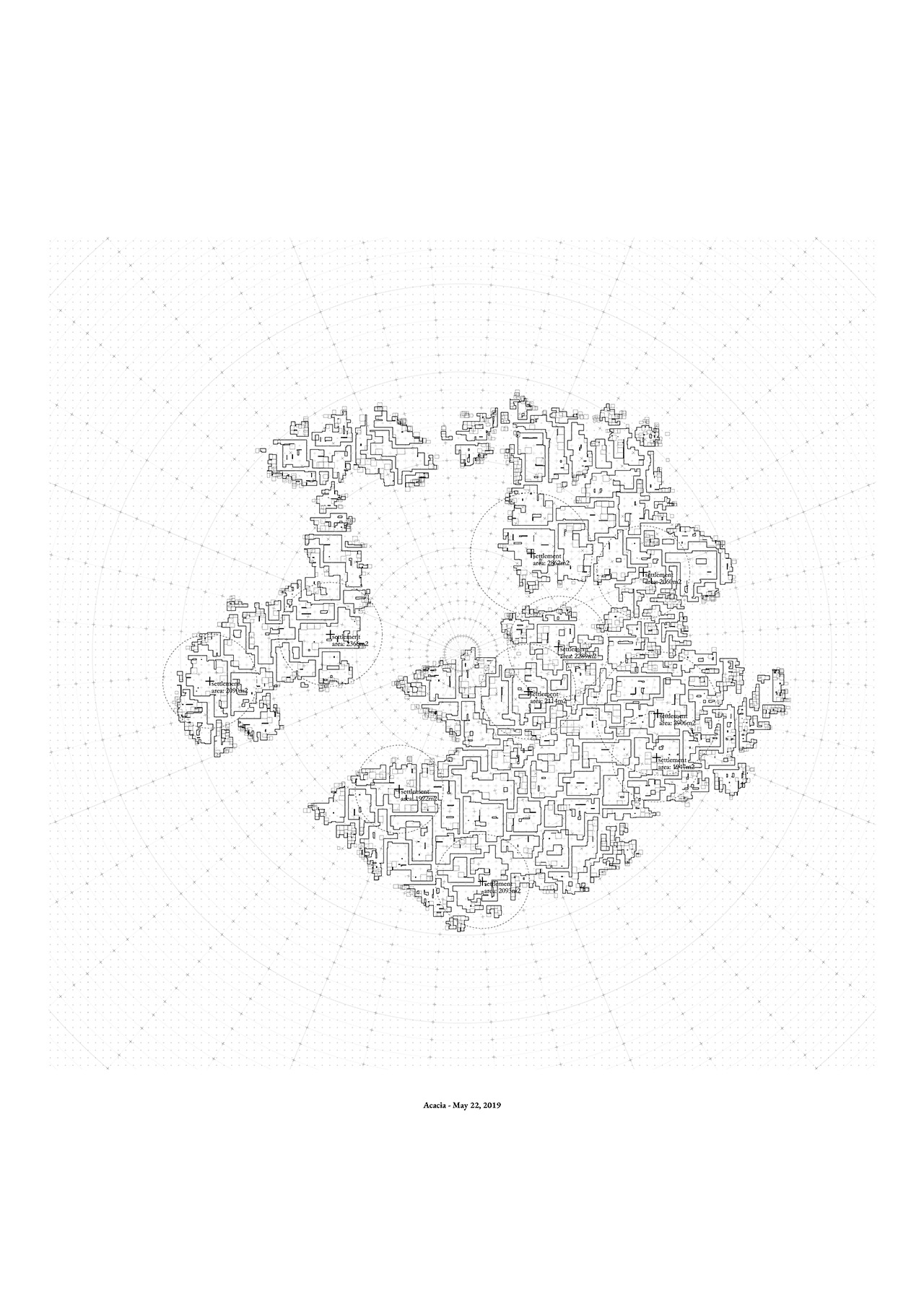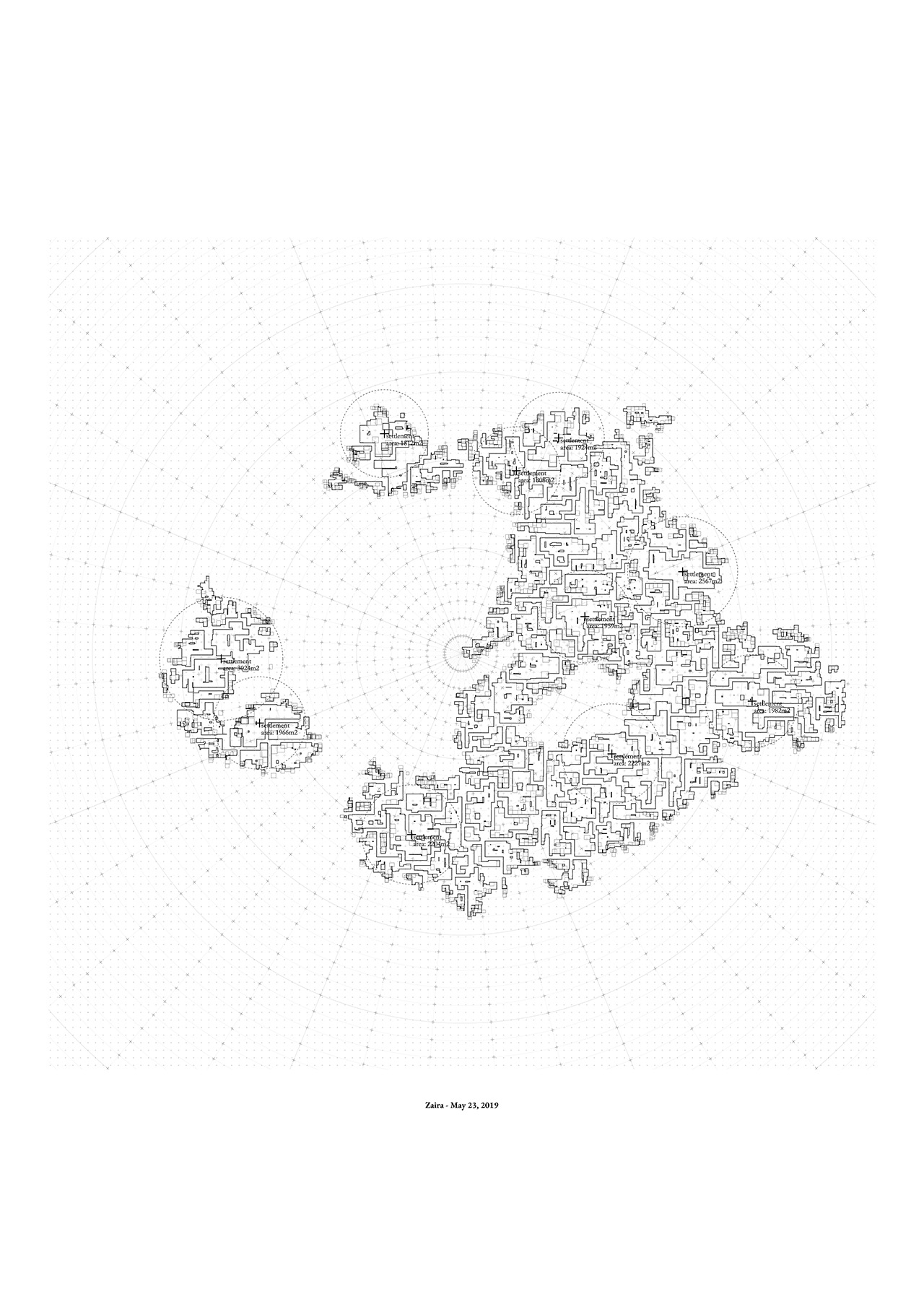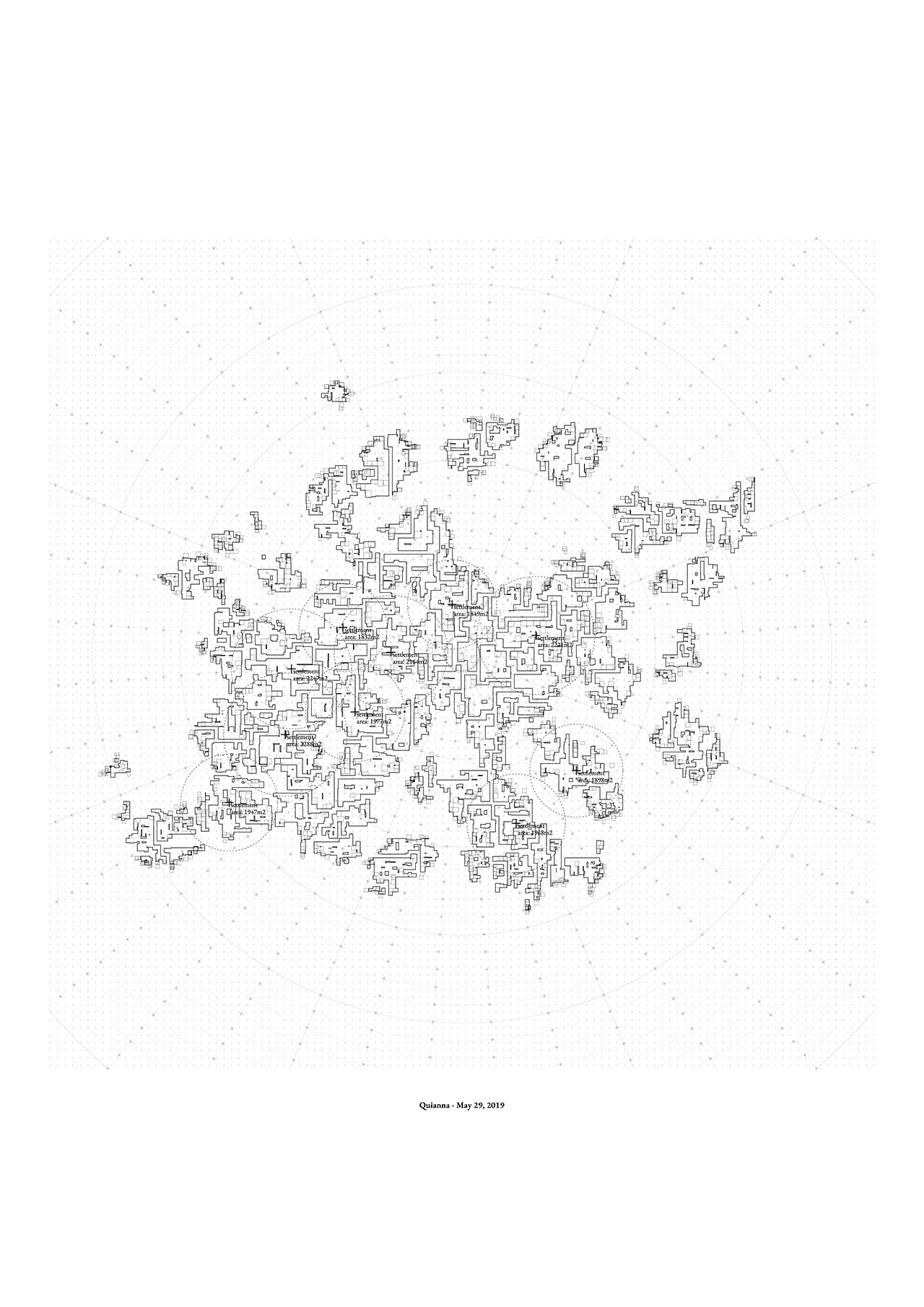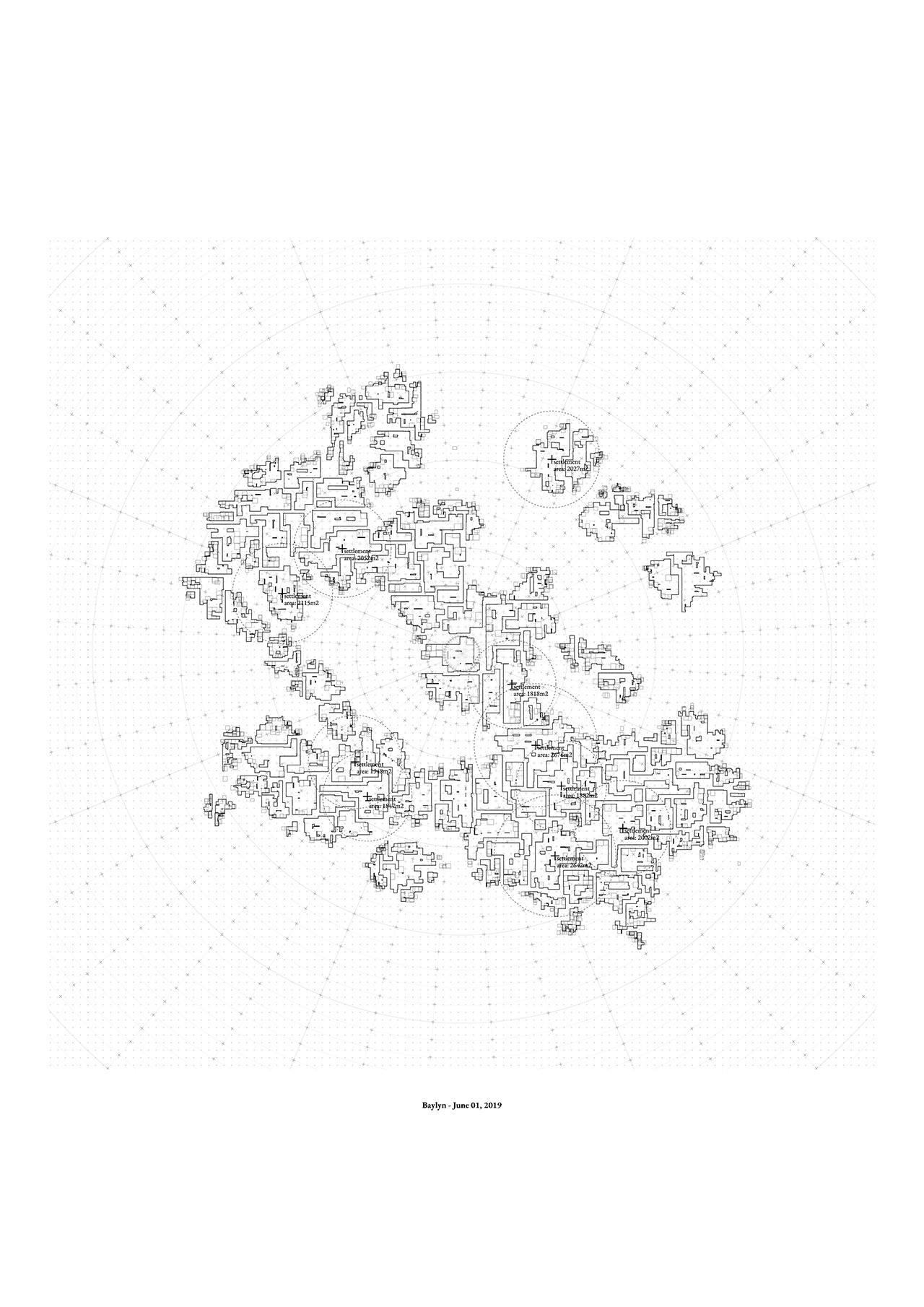Perpetual Unknowns
2019
Fans / Sand from Trappes / Arduino / white canvas
The slope of a mountain, the meanders of a river, the quality of a soil, a shelter from strong winds, the exposure to the sun … Geology, its forms and its impact on resources, has often been the main factor of the development of our settlements, our cities; the way we inhabit our world. But geology itself, in return, is affected by the way it is inhabited.
We live in a time when the scale of the impact of humankind on the environment has finally been understood. Scientists around the world have called for the recognition of a new geological age in which nature can no longer be seen as dissociated from man:
the two are linked in a unique ecosystem, touching each other in a reciprocal tandem.
As a two-fold fiction, the installation Programming the Perpetual Unknown addresses the reciprocal relationship between geology and the way we live in it:
an automated installation where sand formations mutate and a dynamic architectural drawing reacts – and finally affects it. The two entities: the changing geology on the horizontal table and the dynamic drawing projected on the vertical wall are translations of each other. When a sand dune is moved, the drawing reacts by re-organizing a settlement around it. Conversely, if a space is too densely inhabited on the drawing, it is the drawing which, in return, affects the geology by modifying the sand landscape on the plateau.
Today, geology has accelerated. Beyond geographical forms, we must consider other rapid factors that affect our way of inhabiting the territory. Climate change is one, but also contamination, advanced communications, real estate speculation, social relations … We understand today that what is now will be different tomorrow.
These new forces require us to reinvent our relationship to the milieu, and especially its temporality: the city of tomorrow will adapt even more, and faster, to the conditions that host it. But we must also consider its impact on this context, which is under constant change.
Programming the Perpetual Unknown, is only a game, with open interpretations, which stages an electronic environment and a dynamic drawing in which elements are set in motion in an automated performance. The movement is perpetual and the outcome is unknown, all governed by a protocol of actions in which the speed of revolution of a fan in a physical environment could be affected by the density of a built settlement drawn in a digital space …
The project is a collaboration between APPAREIL and the Institute for Advanced Architecture of Catalonia (IAAC). Both entities are located in the @22, Barcelona’s Technological and Innovation district, and ground their research on the potential of novel techniques in architecture and urbanism.
Project: Appareil & IAAC
Direction: Edouard Cabay
Curation: Emmanuelle Chiappone-Piriou
Team: Rodrigo Aguirre, Anthony Boguszewski, Peter Geelmuyden Magnus
Code: Angel Muñoz – WeAreCoded
Photography: Peter Geelmuyden Magnus
The work of this installation has been developed in Machinic Protocols, a research project in the Master in Advanced Architecture at IAAC in 2018.
Students:
Megan Smylie, Doruk Yildirim, Timothy Lam, Olivia Alvarez, Filippo Testa, Axel Van der Vegte, Deepak Sundaram, Sophia Di Biase, Surayyn Selvan, Tarek Kassouf, Maria Fechner, Nicolas Saade, Manan Jain, Anmol Arora, Kammil Carranza, Neel Prajapati, Justin Sheinberg, Ricardo Lichtle, Oana Taut, Eszter Olah, Vinay Khare, akshay Gopinath, abhay Devidas, Amon Yimeng Wei.
BAP! – Architecture and landscape Biennial, Versailles – 2019



